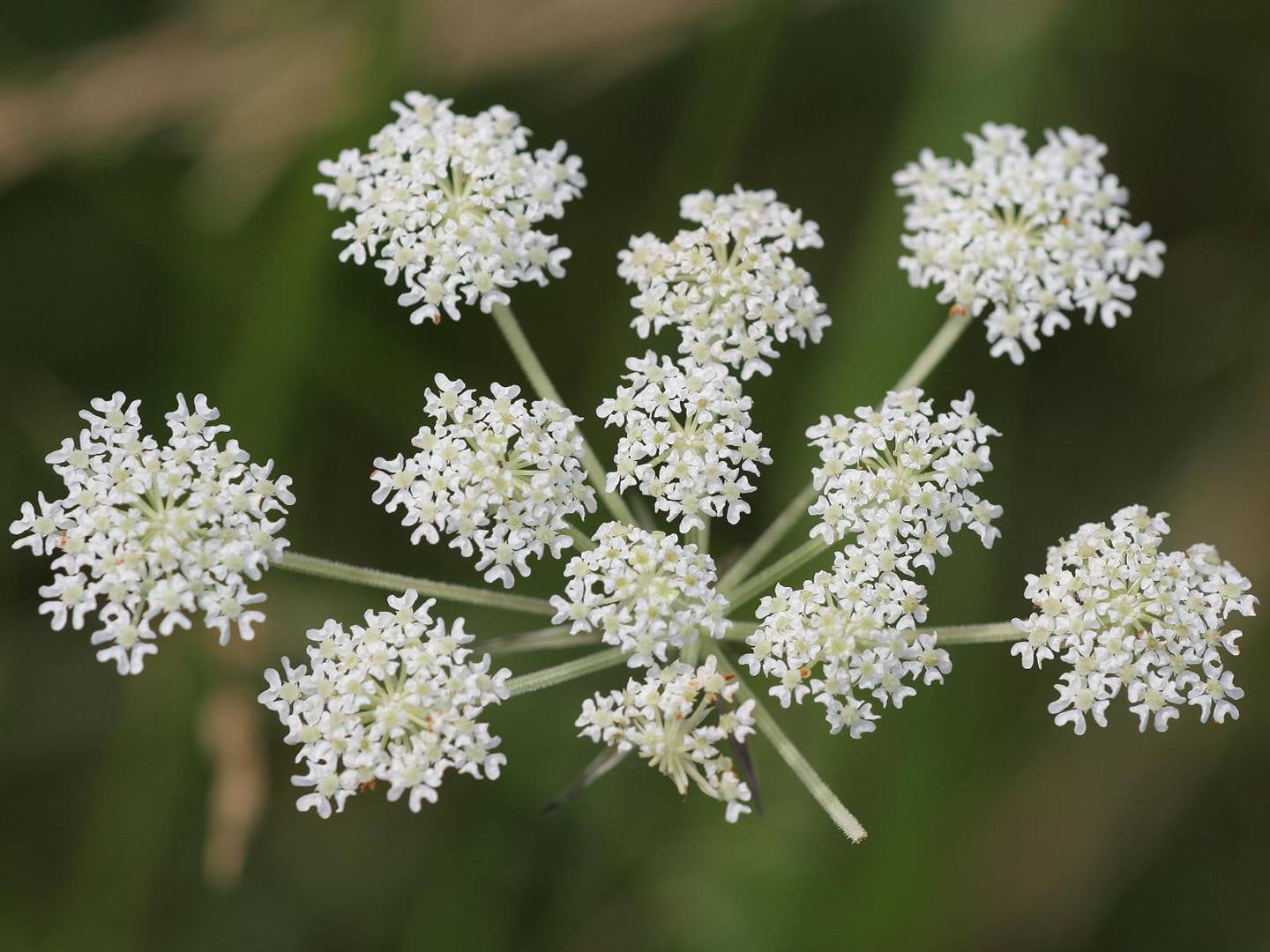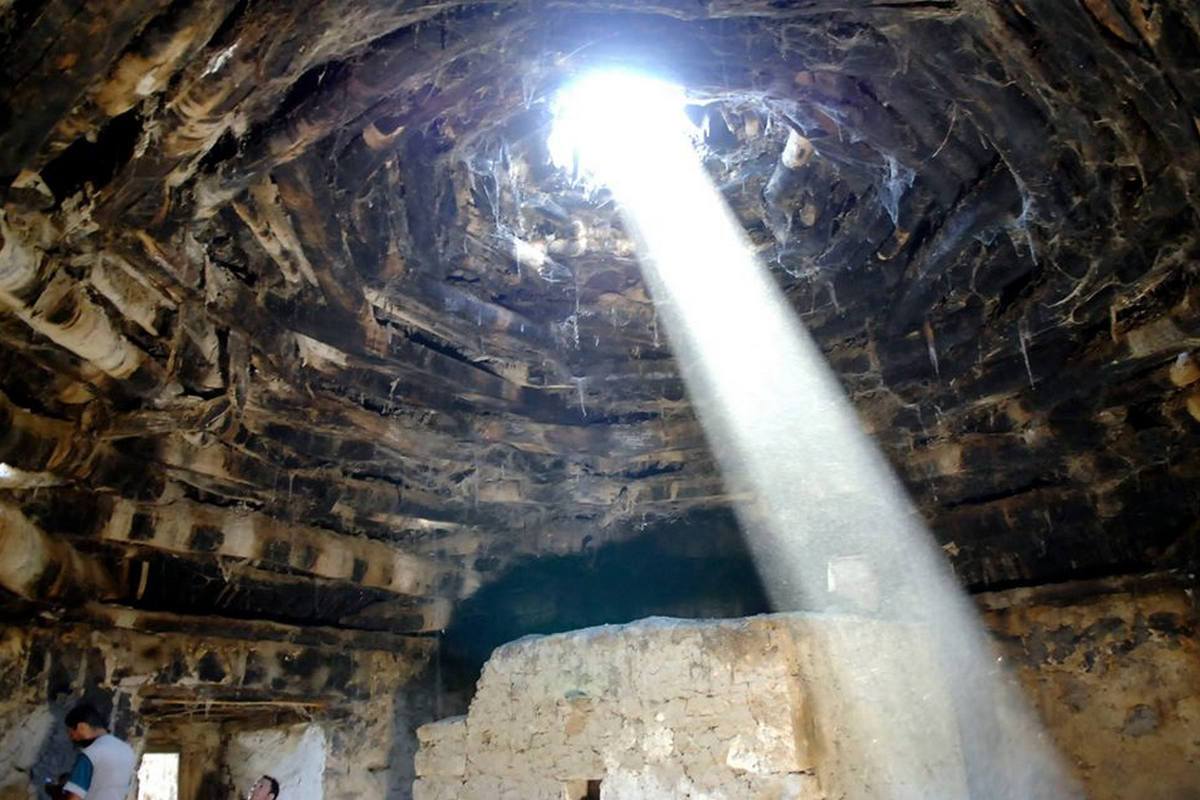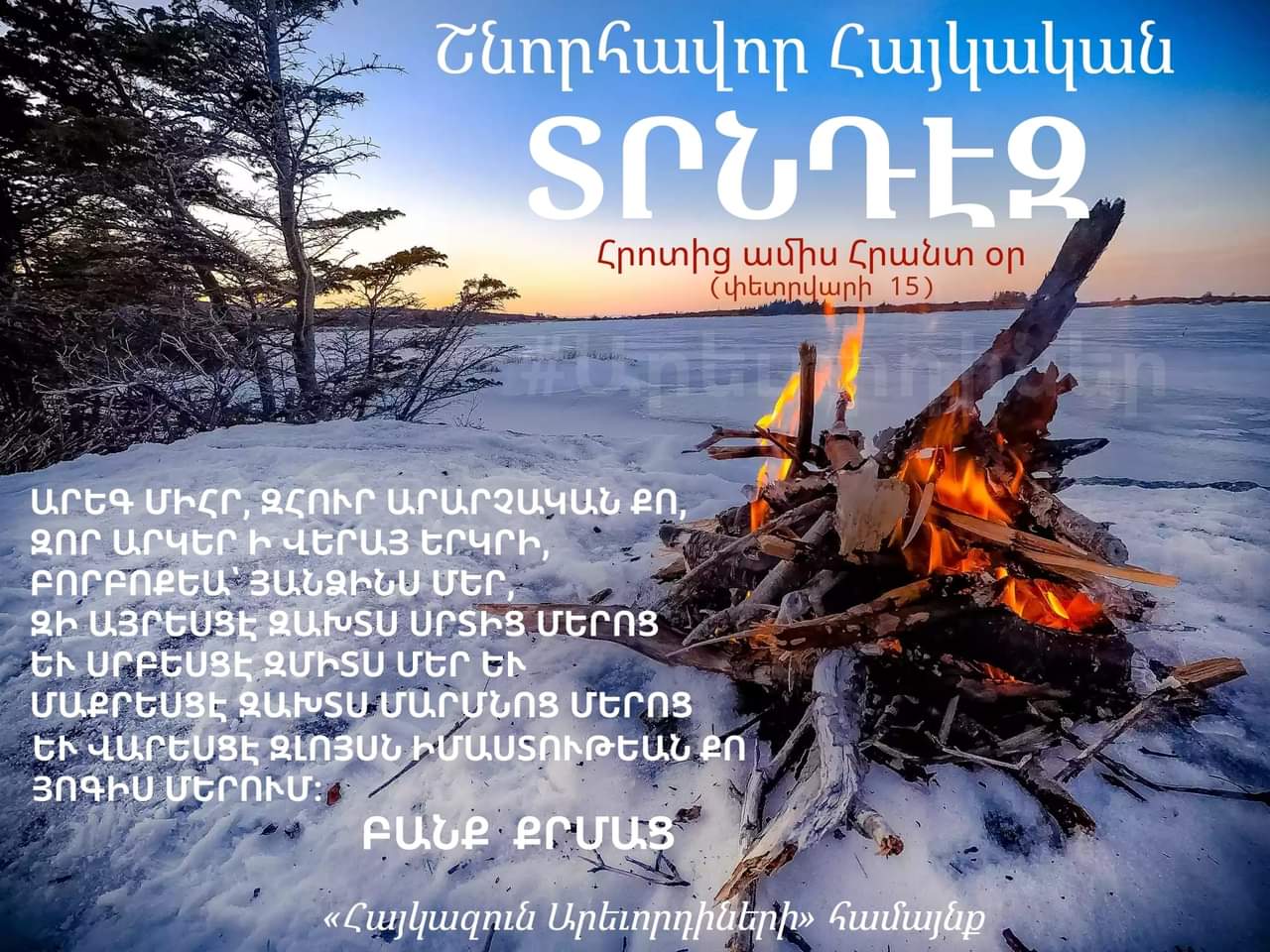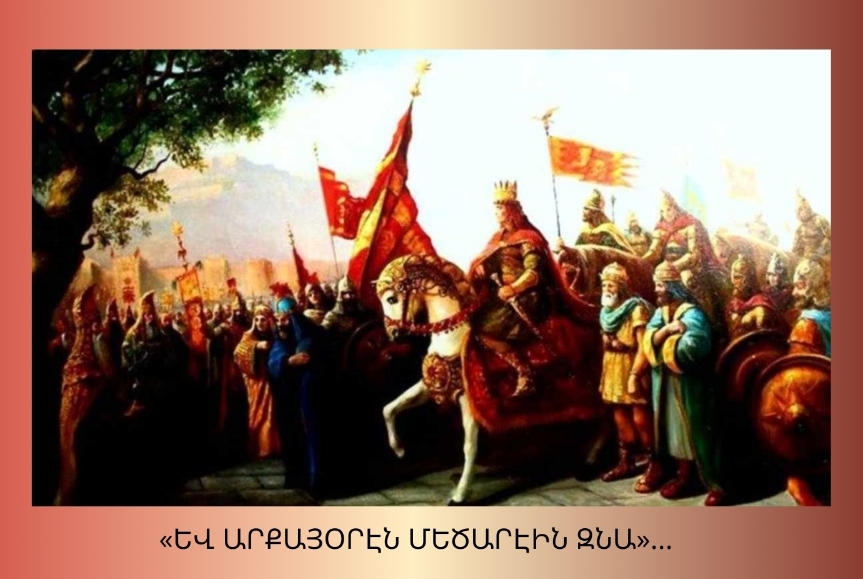
Most of the current Christian liturgical ceremonies originate from ancient rituals, shaped over centuries as a result of their reinterpretation (for example, the daily morning prayer service at dawn, the “Aravakal Jamerkutyun” at the “Hour of Sunrise,” the Antasdan ceremony with blessings of the four corners of the world, traditional festivals like Palm Sunday, Vardavar, and others that have preserved ancient customs, the veneration of saints, martyrs as “heroes of faith,” the canonization and glorification of patriarchs mentioned in the Old Testament, various hymns and chants commemorating “Dedicated Persons,” the offerings, the solemn processions of clergy during various feasts with rose water sprinkling on the attendees, etc.).
We can observe a clear reflection of the ancient tradition of the “predecessors” (Karapet) associated with the worship of ancestors, evident in certain modern-day ceremonial rites, such as the heralds preceding the Royal procession. This aspect was addressed by the distinguished Armenian ethnographer, archaeologist, and folklorist Yervand Lalayan (1864-1931) in his study dedicated to the origins of “Ritual Orders,” a portion of which we present below.
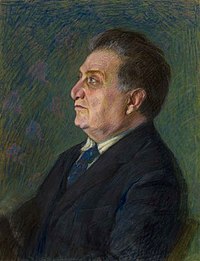
The Armenian patriarchs and kings were worshiped by the Armenian people both during their lifetime and after their death. Cadmus, addressing Hayk, calls him the ‘Great Hero,’ who, after death, becomes the Orion constellation. Vahagn earned the fervent love of Armenian poets. The Arsacids were attributed divine origins, and their statues, which Vagharshak built in Armavir in the likeness of his ancestors and later brought to Bagaran and then Artashat, were shattered by Sasanian Ardashir (as recorded by Movses Khorenatsi, Book 2, Chapter 38).
Moreover, not only the high priests but also the Catholicoi were involved in organizing the rites of royal worship, as seen in the following words of Faustus of Byzantium: ‘And Nerses the Great established the customs of the kingship with the most virtuous religious observances, as he had seen from the ancient kings’ (Faustus of Byzantium, Book 5, Chapter 1).
The societal organizations that have yet to fully differentiate clearly show the continuity of the worship of both living and deceased rulers. Among primitive peoples, it was often the ruler himself who would proclaim his virtues and the deeds of his ancestors. Egyptian and Assyrian inscriptions show that this custom persisted for a long time. Later, when the ruler was not a good orator, he would entrust others to recount his deeds. Thus, it gradually became customary for heralds to precede rulers and princes, singing their praises—just as they did for dead, deified rulers.
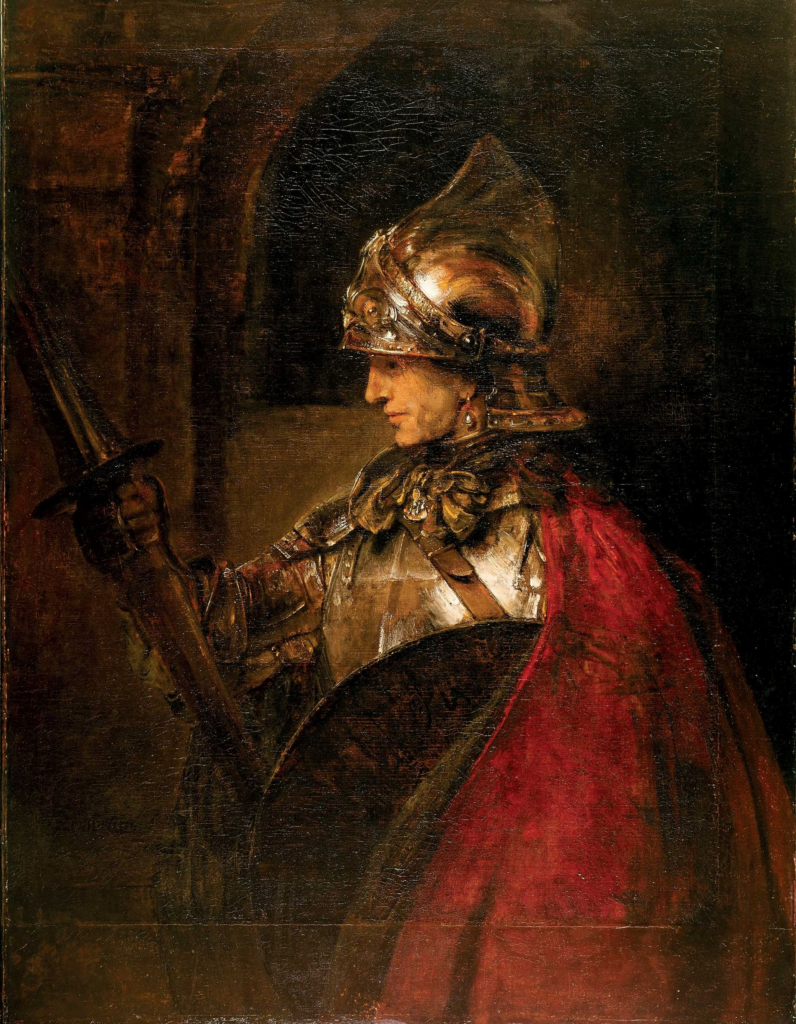
That the same occurred among Armenians is evident from the following remnants. Agathangelos (in Chapter 92), mentioning the names of the princes whom Tiridates sent to bring the sons of Gregory the Illuminator, says that the third prince was “Dat by name, the royal karapet.” Therefore, it is clear that Armenian kings also had a karapet or karapets who went before them, announcing the king’s presence to the people.

Even to this day, a cleric holding a cross leads the Catholicos’s procession, and as he approaches the church, clerics and choirs go ahead of him, singing hymns and praising him. The same occurs during a religious procession when one person, holding the cross standard, leads the way, and a group of clergy, singing hymns, guides the image of the deity or a relic.
We also observe the same in wedding ceremonies. When the king (the groom, in this case) returns from the church to his home, a person called the “fox” runs ahead of him, announcing his arrival and praising him and the queen (the bride) (quoted from Y. Lalayan’s Ethnography, Ritual Orders, p. 177).
That is why, during the wedding ceremony, the “king,” the groom, was honored with “royal, majestic, and regal ceremonies.”
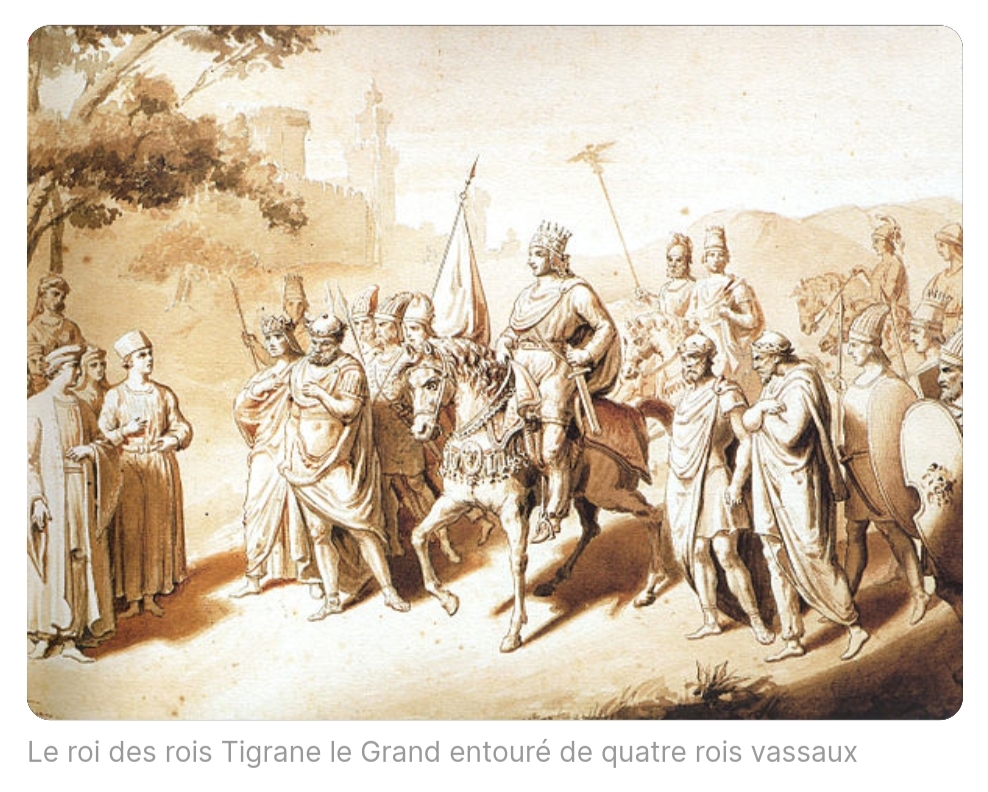
About King of Kings Tigran the Great, according to Plutarch:
“Many kings were in his presence, whom he had relegated to the position of servants, and he constantly kept four of them with him as companions or bodyguards…”

